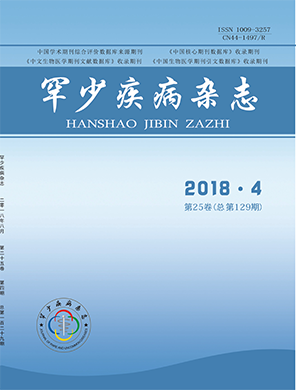Head and Neck Imaging
The Application of 128-Sclice Spiral CT Post-processing Technologies in Diagnosis of Sternum Fracture
Author:OU Hai-ning, HUANG Zhan-kun, HUANG Zhi-ming, et al.
affiliation:Department of Radiology, Heyuan People’s Hospital, Heyuan 517000, Guangdong Province, China
PDFAbstract
Objective The paper is to discuss the diagnostic and application values of 128-Sclice Spinal CT axial scan, multiple planar reconstruction (MPR) and volume rendering (VR) in sternum fracture. Methods A total of 115 cases who were diagnosed as sternum fracture with routine chest 128-Slice Spinal CT. Images were processed with reconstruction technologies (MPR and VR) for observation and comparison with axial images. Results The 115 sternum fracture cases cover 48 cases with manubrium fracture, 65 with gladiolus fracture, 1 with processus xiphoideus fracture and 1 with manubrium sterni-body isolated fracture. With respect to fracture type, there are 46 cases with manubrium fracture, 50 with oblique fracture, 9 with comminuted fracture and 10 with incomplete fracture. The fracture detection rates are 98% (n=113) with MPR, 78% (n=90) with axial image and 77% (n=88) with VR. The sternum fracture detection rate of MPR is significantly higher than the rates of axial image and VR (P<0.01), while there is no significant different between the sternum fracture detection rates of routine axial image and VR (P>0.05). Conclusion 128-Sclice Spiral CT post-processing technologies show important clinical values in diagnosis of sternum fracture. Especially, MPR clearly suggests site and morphology of sternum fracture and avoid misdiagnosis of subtle sternum fracture. In addition, the occurrences of anterior mediastinum hematoma, rib fracture and traumatic wet lung are high in sternum fracture cases.
【Keyword】Sternum; Fracture; Tomography Technology; Multiple Planar Reconstruction
【Chart number】R445.3;R683.1
【Document Identification Number】A
【DOI】10.3969/j.issn.1009-3257.2018.04.019
Journal of Rare Diseases
th25Volume, th 4 Issue
2019Year11Month

Related articles